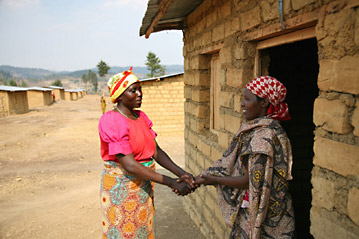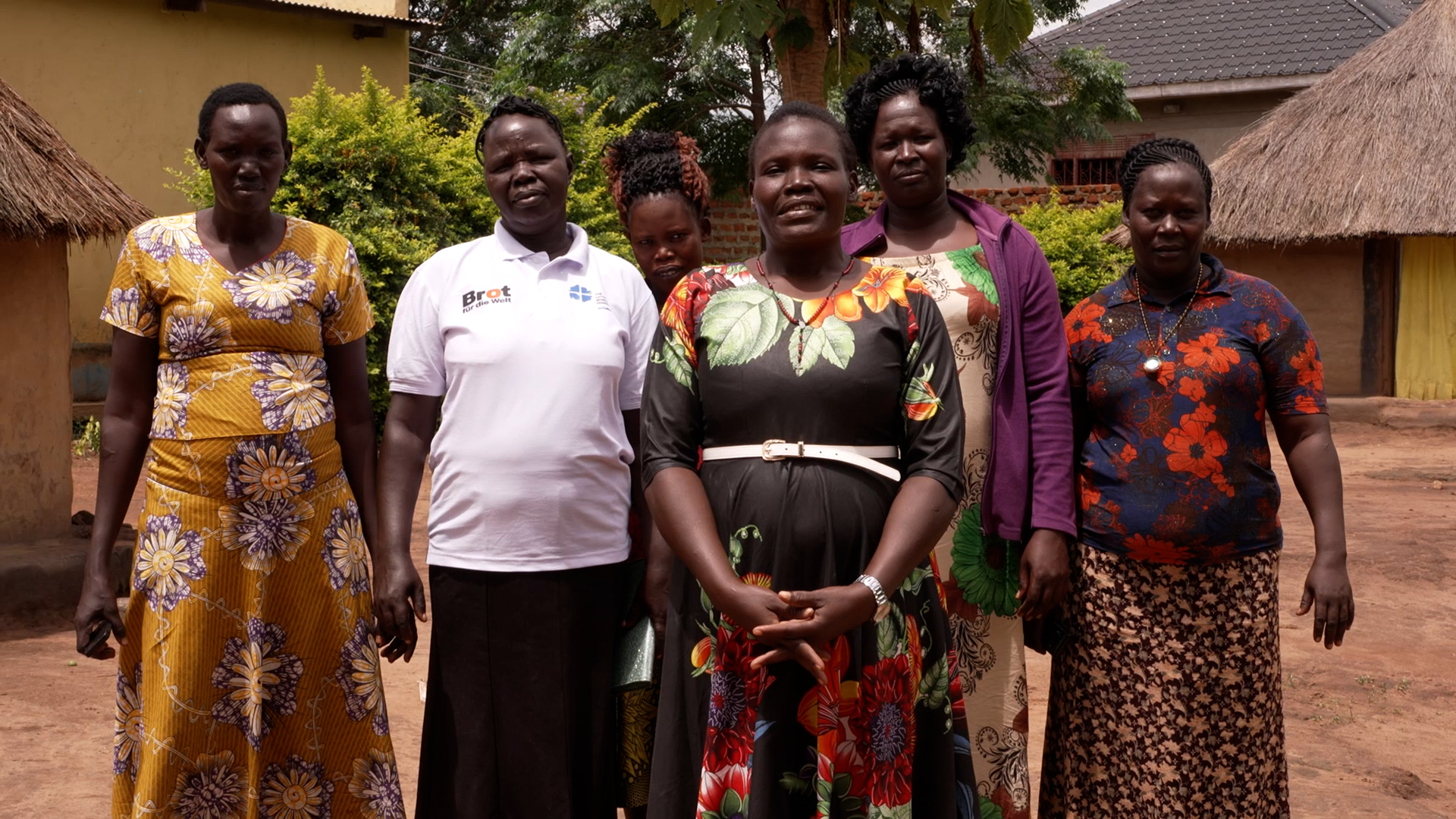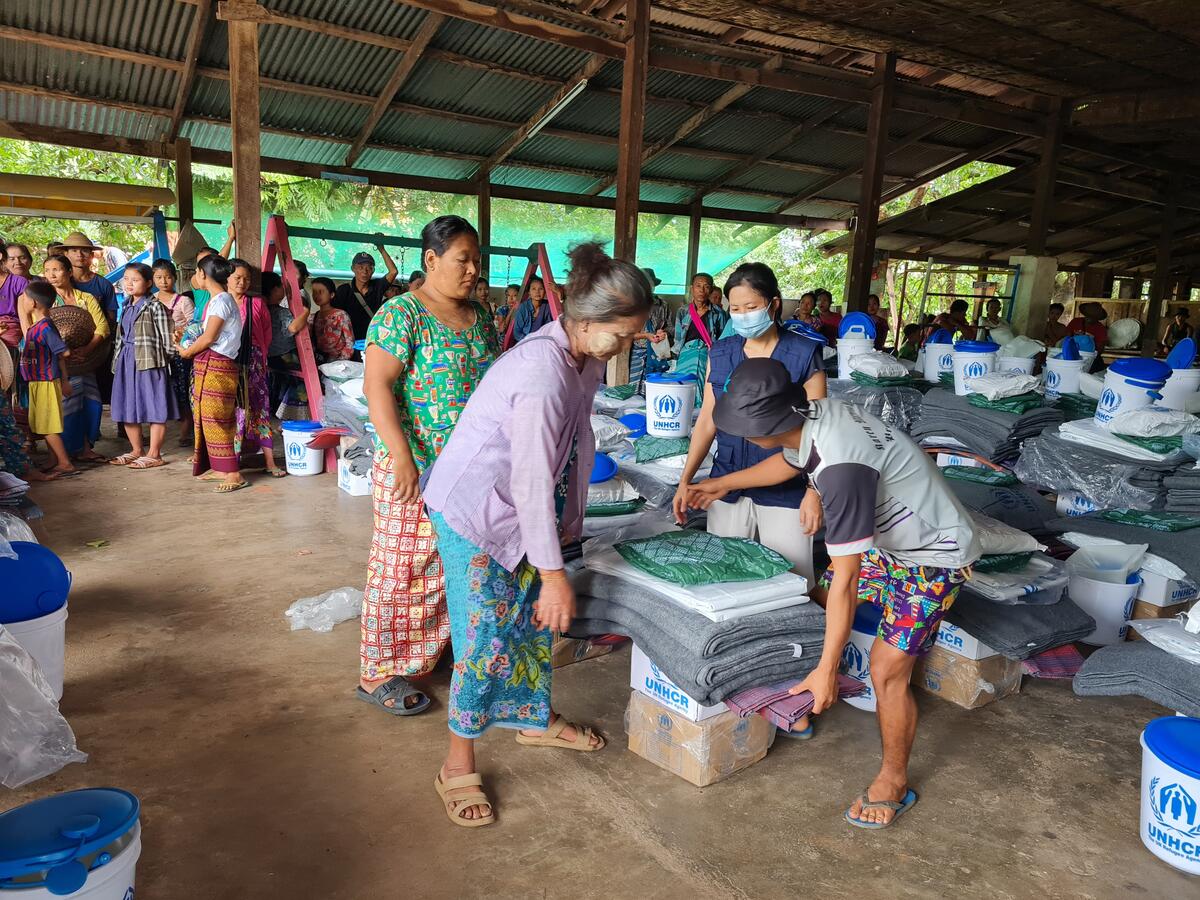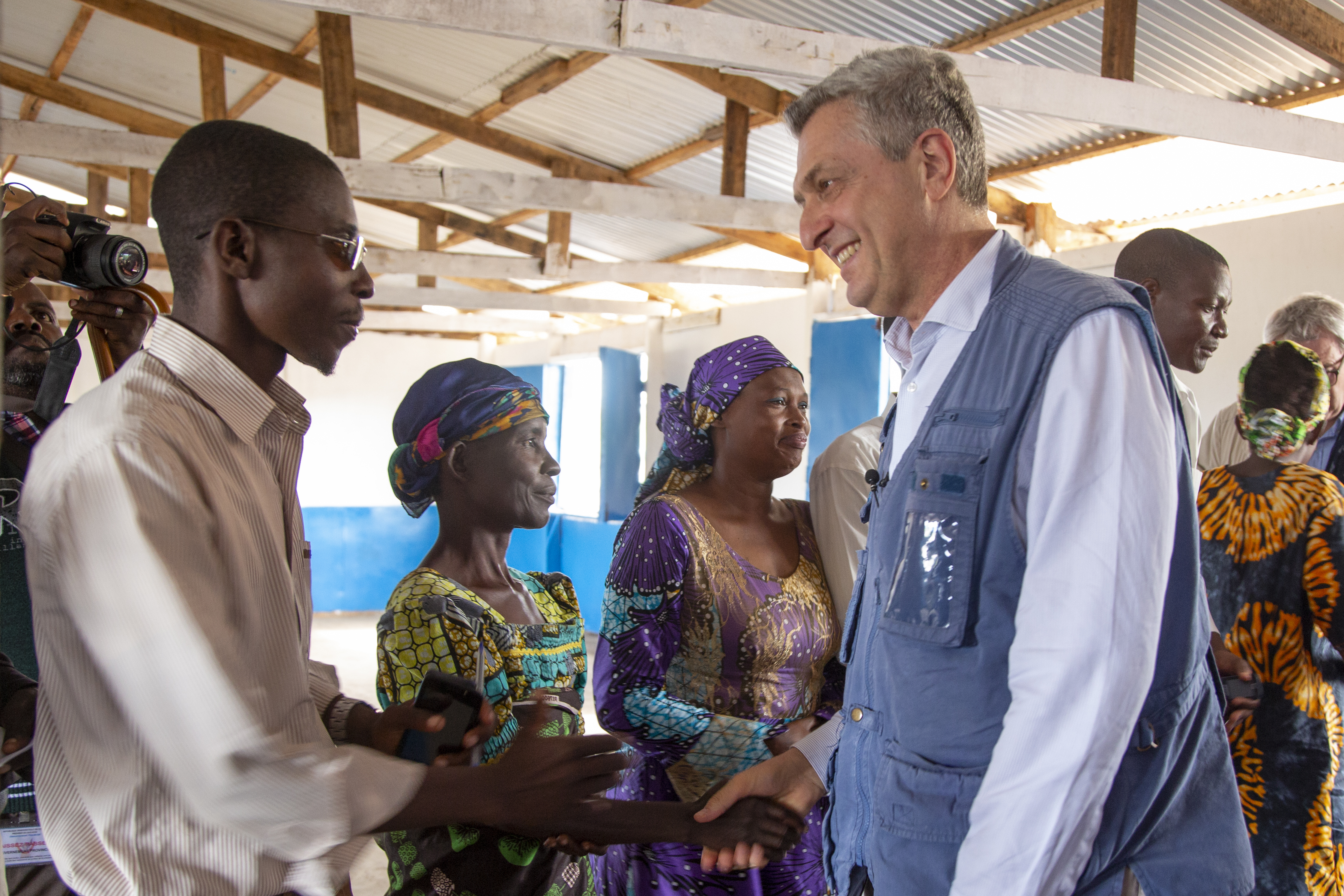UNHCR-sponsored village promotes reconciliation in Burundi
UNHCR-sponsored village promotes reconciliation in Burundi

MURIZA, Burundi, October 2 (UNHCR) - A few years ago, Zita and Eusébie might have regarded each other as mortal enemies, but today they are learning to live together - and liking it.
The two women, both in their 40s, are from rival ethnic groups - Zita is a Tutsi, while Eusébie is a Hutu. Conflict between the two groups since the early 1960s has left tens of thousands dead and forced hundreds of thousands more to flee their homes and seek shelter elsewhere in Burundi or in neighbouring countries.
Both women were among those forcibly displaced, but they are now being brought together by a pilot project funded by the UN refugee agency in eastern Burundi's Ruyigi province. UNHCR is creating a village for 98 families, Muriza, where vulnerable families from both ethnic groups rub shoulders in peace.
The first families have moved into new mud brick homes, while UNHCR has distributed half-acre plots to landless refugee returnees. The new village is a potent example of how the scars of the past can be healed in Burundi and how reconciliation can be promoted. Hutus live next door to Tutsis, while former refugees and internally displaced people (IDPs) share schools and hospitals with locals.
"The returnees and the displaced were, very much from the beginning, willing to live together," said Tony Garcia Carranza, the head of UNHCR's office in Ruyigi. "We do not see any friction between both groups - it is really a non-issue."
Indeed, people like Zita and Eusébie are finding that they have a lot in common. "Things are going very well between both ethnic groups. And I do not speak only for me, but for all returnees," said Eusébie.
Like Zita, she is a vulnerable widow with many children to feed, and few resources to do so. She recently returned to Burundi after living for more than 10 years in a refugee camp in Tanzanian. Zita was an IDP, like many Burundian Tutsis forced to flee their home, but she does not want to return to her village.
When a UNHCR team recently visited, the two colourfully dressed women sat side-by-side on a small wooden bench, looking at the houses being built on a nearby hilltop and talking about their pasts and their common future.
Zita recalled her flight in 1993, when her old village was attacked and all the Tutsis killed. "It was only me and my family who survived and could flee. I will never forget what happened that day." She will also remember the day in early September when UNHCR gave her a new home in Muriza.
Eusébie shares the house with her eight children and three orphans whom she brought back with her from Nduta refugee camp in north-west Tanzania. She also had painful memories of fleeing home with her children and was not sure whether it was safe enough to return to Burundi.
She decided to return after talking to refugees, all of them either widows or single mothers, who took part in a "go-and-see" visit organized by the UN refugee agency. They visited the Muriza site and talked to IDPs in the area. Most decided to return, but some of those who took part decided to stay in Tanzania.
UNHCR thinks that Muriza could be a model for other villages - both providing homes and land for returning refugees and IDPs and helping to bring together Tutsis and Hutus. The refugee agency, in cooperation with the government and other partners, is examining the possibility of expanding the project.
Eusébie and Zita are clearly supporters. "When you build more of these villages, it will be a good idea to integrate people from both ethnic groups," Eusébie said, adding: "Those who were afraid of each other before, will get used to each other."
Since UNHCR started its voluntary repatriation operation in 2002, more than 450,000 refugees have returned to Burundi from Tanzania and other countries. Most IDPs have also gone home.
By Andreas Kirchhof in Muriza, Burundi








